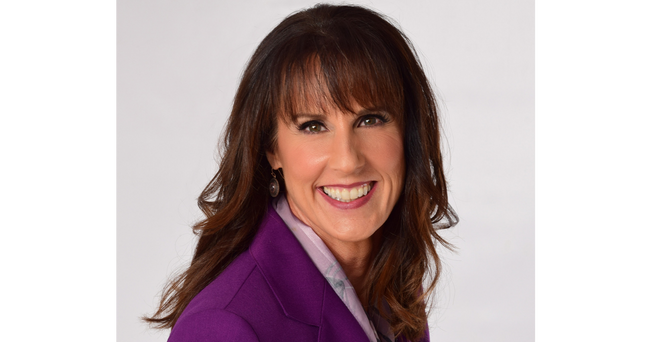How to Deliver an Extraordinary Service Experience

By: Tammy McCausland
Barbara Khozam gave the first general session presentation on Day 3 of SROA’s 2022 Annual Meeting. Khozam explained that organizations can achieve exceptional Customer Service using G.I.F.T.
- G=Greeting (acknowledge patient immediately; smiling is a big deal; name badges help to make connection; use patient’s preferred name)
- I=Inquire and Inform (ask questions, listen; use simple language, show empathy)
- F=Follow-up/Follow through (set clear expectations about what, when and why)
- T=Take Responsibility (end with a positive good bye; give clear, detailed instructions; follow up to resolve unmet needs)
According to Khozam, patients throw the bait out. It’s hanging there. All people have to do is grab it and create a moment, which creates a memory, which means people will talk about your practice. Only 20 percent of companies have a well-developed customer experience strategy. Workflows + behaviors create customer experience.
Eighty percent of companies think they provide great service, but only 8 percent of customers agree, she said. Of customers who switched to a competitor up to 80 percent say they were satisfied before making the switch.
When patients complain they are communicating. Interestingly, a majority of unhappy customers don’t complain. Of customers who complain, they would return if they are impressed with the company’s response.
Seventy percent of buying experiences are based on how the customer feels they’re being treated. Smile, use the patient’s name, communicate, make a connection and train your staff. Patient satisfaction is based on human connection. It’s everyone’s job to ensure an exceptional customer service.
Put yourself in the patient’s experience, Khozam says. Go through their journey to identify issues. Every touchpoint matters. Face-to-face communication is different than on the phone, but both have body language, voice tone and words. Slow down when you answer the phone.
Empathy is important. Your response to a patient expressing a problem should be:
- Acknowledge: “I’m so sorry…”
- Empathize: “That must be . . .”
- Action: “I’m going to take great care of you.”
About:
Barbara Khozam is an expert speaker in customer service, leadership, motivation, and communication. She wrote How Organizations Deliver BAD Customer Service (and Strategies that Turn it Around).
Resources:
Barbara Khozam
How Organizations Deliver BAD Customer Service (and Strategies that Turn it Around).
How do you ensure you offer patients excellent customer service?
Share any helpful tips and suggestions.
We would love to hear your experiences.
Share your thoughts here, or login to SROA Connect and join the conversation. If you are not a member of SROA yet, learn more about joining the radiation oncology association serving the niche profession of Radiation Oncology Administrator.
Related Content:
SROA Blogs
Barbara Khozam
How Organizations Deliver BAD Customer Service (and Strategies that Turn it Around).
Links:
Society For Radiation Oncology Administrators (SROA)
Comments